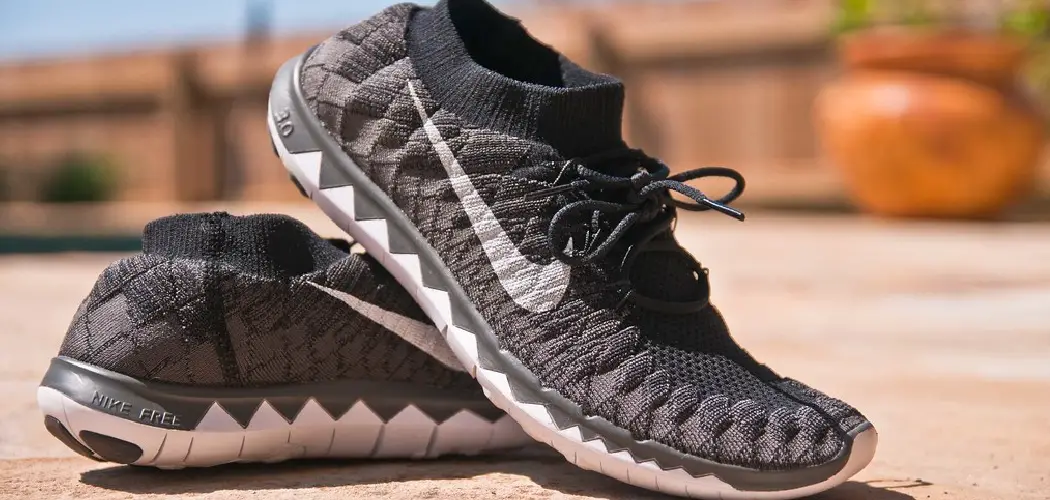Running shoes, once solely the domain of athletes and fitness enthusiasts, have sprinted into the forefront of fashion, becoming a staple in both the casual and streetwear wardrobes. This fusion of form and function not only prioritizes comfort but also offers a platform to express personal style and aesthetic preference. From bold, eye-catching designs to minimalist profiles, running shoes today cater to a wide spectrum of tastes, effortlessly complementing various outfits and occasions. In this guide, we’ll explore how to style running shoes for different looks, ensuring you step out in both comfort and style.
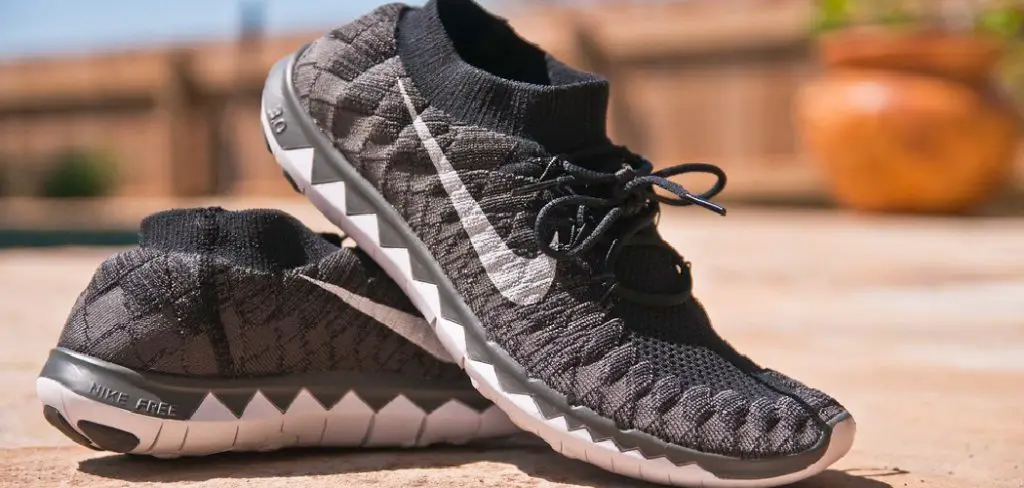
Introduction to Shoe Impregnation
Before we dive further into styling your running shoes, it’s crucial to discuss an often overlooked aspect of shoe care – impregnation. Impregnating your running shoes plays a vital role in maintaining their appearance and prolonging their lifespan, especially considering the various environments they’ll be exposed to. This process involves applying a protective layer over your shoes that repels water, dirt, and stains, preserving their material and color. Whether you’re navigating rainy streets or dusty trails, impregnating your shoes not only keeps them looking fresh out of the box but also ensures their performance and durability over time. Next, we’ll guide you through the steps to effectively impregnate your running shoes, making them ready to face the elements in any style.
Defining Shoe Impregnation and Its Purpose
Shoe impregnation is a critical, yet often underestimated, practice in the care of running shoes. It refers to the process of treating the shoes with a special protective spray or solution that coats the material, creating an invisible barrier against moisture, dirt, and various stains. The purpose of this protective layer is twofold. Primarily, it serves to extend the life of the shoes by safeguarding them against the wear and tear that comes from exposure to harsh environmental elements. This is particularly important for running shoes, which frequently endure more rigorous and varied conditions than other types of footwear. Additionally, impregnation enhances the shoes’ appearance, keeping them looking newer for longer by preventing damage and discolouration.
By impregnating running shoes, enthusiasts and athletes alike can ensure that their footwear remains in peak condition, both functionally and aesthetically. This treatment not only contributes to the longevity of the shoes, making them a more sustainable choice, but also supports the wearer’s comfort and performance by maintaining the material’s original properties. Whether for daily jogs in the park or adventurous trail running, impregnated shoes offer a level of protection and care that is indispensable for any active lifestyle.
Different Types of Shoe Materials and Their Susceptibility
When discussing the impregnation of running shoes, it’s essential to consider the variety of materials used in their construction and how these materials react to environmental factors. The most common materials include synthetic fabrics, mesh, leather, and a range of waterproof and breathable fabrics like Gore-Tex.
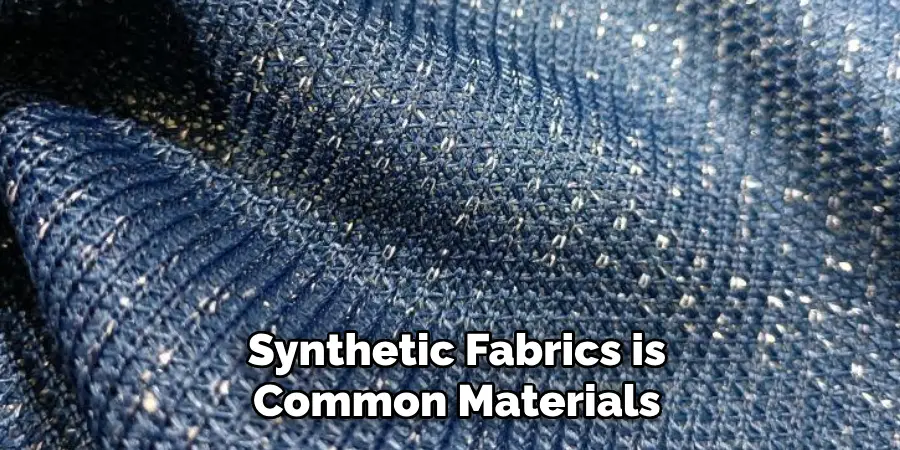
- Synthetic Fabrics and Mesh: These materials are prevalent in the upper parts of running shoes for their breathability and lightweight properties. However, they are highly susceptible to water and dirt absorption, making them prime candidates for impregnation to prevent moisture from compromising the shoe’s integrity and breathability.
- Leather: Often used in more fashion-forward or trail running shoe designs, leather offers durability and natural water resistance. Yet, without proper care and impregnation, leather can dry out, crack, or even rot when exposed to constant moisture or left to dry improperly after becoming wet.
- Waterproof/Breathable Fabrics: Materials like Gore-Tex are engineered to offer the best of both worlds – keeping water out while allowing moisture from sweat to escape. While these materials are inherently resistant to water, impregnating them can enhance their ability to repel dirt and oil, maintaining the material’s breathability and prolonging the life of the shoe.
Understanding the susceptibility of each material is crucial in determining the best approach to impregnation, ensuring that your running shoes remain in excellent condition, ready to tackle any adventure while keeping your feet dry and comfortable.
Importance of Regular Maintenance
Regular maintenance is paramount in extending the lifespan and preserving the performance of your running shoes. Beyond the initial impregnation, routine care ensures that the protective layer remains effective against the elements, allowing your shoes to stay durable, clean, and comfortable over time. This includes reapplying impregnation treatments periodically, especially after exposure to harsh conditions or once signs of wear and reduced repellency become apparent.
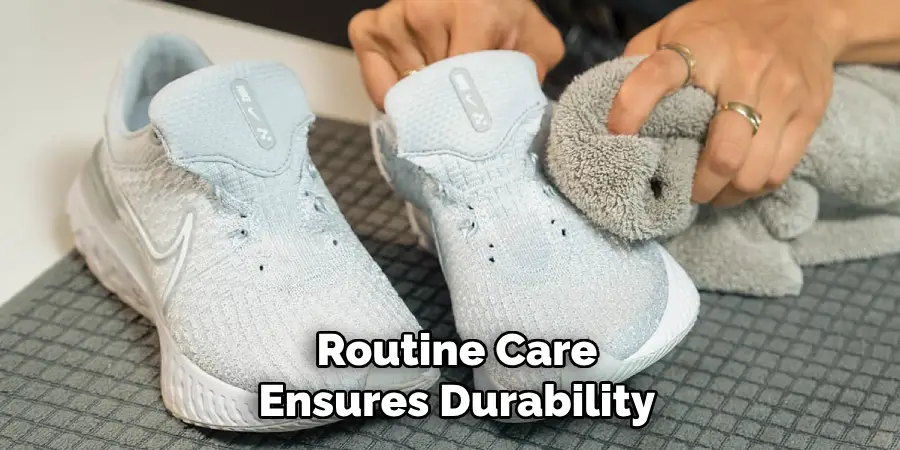
Consistent maintenance not only keeps your running shoes in prime condition but also significantly impacts their functionality. A well-cared-for shoe maintains its support and cushioning properties, essential for protecting against injuries and ensuring an efficient running experience. Furthermore, regular care can prevent the buildup of bacteria and odors, resulting in a more hygienic environment for your feet.
Ignoring the need for regular maintenance can lead to premature deterioration of material, reduced comfort, and eventually the need for an early replacement. Hence, investing a small amount of time in the care of your running shoes can save both money and resources in the long run, enabling a sustainable approach to sportswear.
Benefits of Shoe Impregnation
Shoe impregnation offers a multitude of benefits that extend well beyond mere surface protection. By creating an invisible shield around the shoe, impregnation treatments provide a first line of defense against the elements, significantly enhancing the durability and longevity of running shoes. Here are some key benefits of regular shoe impregnation:
- Enhanced Protection Against Water and Moisture: Impregnation repels water, ensuring that shoes remain dry even in wet conditions. This is crucial for maintaining comfort during runs and protecting the integrity of the shoe materials.
- Prevention of Dirt and Stains: By repelling dirt and stains, impregnation keeps shoes looking cleaner and newer for longer. This means less time spent on cleaning and more time enjoying outdoor activities.
- Preservation of Material Quality: Regular impregnation helps maintain the original qualities of shoe materials, such as flexibility and breathability. This is important for the overall performance and comfort of the shoes.
- Increased Lifespan of Shoes: By protecting shoes from wear and tear associated with exposure to harsh conditions, impregnation treatments extend the usable life of the footwear. This results in cost savings over time, as the need for frequent replacements diminishes.
- Eco-Friendly Choice: With a longer lifespan, impregnated shoes contribute to reduced waste and consumption. This practice aligns with sustainable living principles by minimizing the environmental impact associated with producing and discarding shoes.
- Improved Comfort and Performance: Keeping shoes in prime condition through impregnation benefits the wearer by providing consistent comfort and optimal performance. Dry, clean, and well-maintained shoes can enhance the running experience, supporting health and fitness goals.
In summary, the routine practice of shoe impregnation is an essential aspect of shoe care that offers significant advantages for both the shoes and their wearers. From extending the life of footwear to supporting eco-friendly lifestyle choices, the benefits of impregnation underscore the importance of this maintenance practice in preserving both the function and appearance of running shoes.
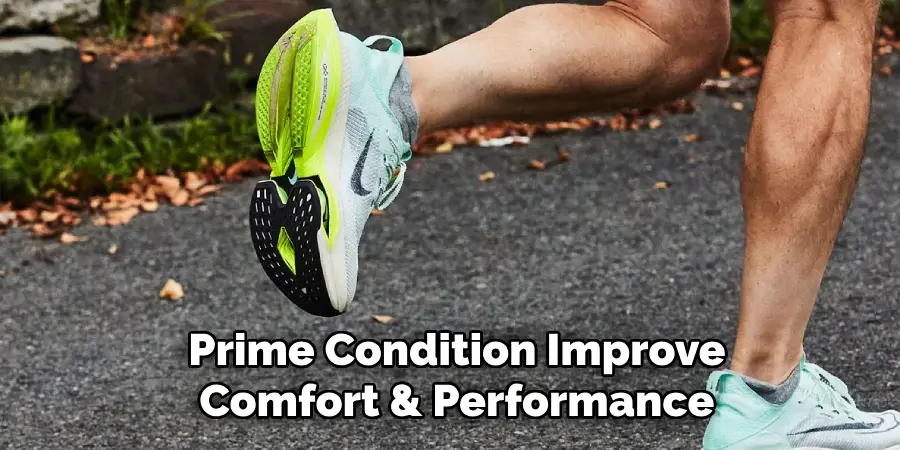
10 Methods How to Impregnate Shoes
1.Choose the Right Product:
When selecting a waterproofing or impregnation product for your shoes, it’s essential to consider the material of your footwear. Different types of shoes, such as leather, suede, canvas, and synthetic fabrics, may require specific formulations for optimal protection. For example, silicone-based sprays are suitable for leather shoes, while fluoropolymer-based treatments work well on suede and fabric.
2.Clean the Shoes:
Before applying any impregnation product, it’s crucial to clean your shoes thoroughly. Use a soft brush or damp cloth to remove any dirt, dust, and debris from the surface of the shoes. Pay special attention to seams, creases, and other areas where dirt may accumulate. Allow the shoes to dry completely before proceeding with the impregnation process.
3.Test in a Small Area:
Before treating the entire shoe, it’s advisable to test the impregnation product on a small, inconspicuous area. This allows you to ensure compatibility with the shoe material and check for any adverse reactions such as discoloration or damage. Apply a small amount of the product to the test area and observe the results before proceeding with the full application.
4.Apply Evenly:
When applying the impregnation product, it’s essential to ensure even coverage across the entire surface of the shoes. Use a clean cloth, sponge, or applicator brush to apply the product, working it into the material thoroughly. Pay close attention to seams, stitching, and other areas where water may penetrate. Avoid oversaturating the material, as this can affect the breathability of the shoes.
5.Allow Sufficient Drying Time:
After applying the impregnation product, allow the shoes to dry completely in a well-ventilated area. The drying time may vary depending on the product and environmental conditions, so be sure to follow the manufacturer’s instructions. Avoid wearing or storing the shoes until the product has fully dried to prevent any transfer or staining.
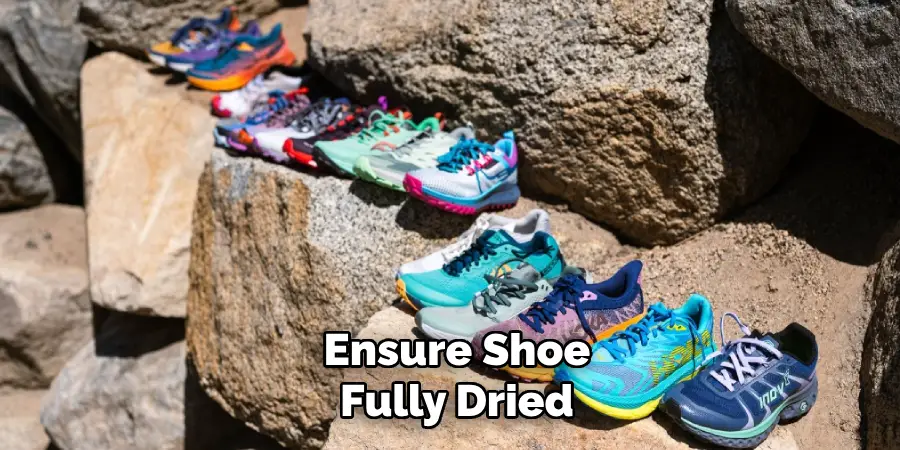
6.Repeat for Maximum Protection:
For optimal waterproofing and protection, consider applying multiple coats of the impregnation product. Allow each layer to dry thoroughly before applying the next coat. Multiple coats can help build up a more durable barrier against moisture and prolong the effectiveness of the treatment.
7.Heat Activation:
Some impregnation products may require heat activation to penetrate the shoe material effectively. After applying the product, use a hairdryer or heat gun on a low setting to gently warm the treated areas. This heat activation helps the product penetrate the material more deeply, enhancing its waterproofing properties.
8.Specialized Treatments:
Certain shoe materials, such as suede and nubuck, may benefit from specialized waterproofing treatments designed specifically for these materials. Look for products formulated to maintain the texture and appearance of suede and nubuck while providing effective waterproofing. These specialized treatments help protect delicate materials without compromising their natural characteristics.
9.Maintenance and Reapplication:
Regular maintenance and reapplication of the impregnation product are essential for preserving the waterproofing properties of your shoes. Inspect your shoes regularly for signs of wear and reapply the product as needed, especially after exposure to moisture or heavy use. Proper maintenance and reapplication will help prolong the effectiveness of the waterproofing treatment and extend the life of your shoes.
10.Storage and Care:
Proper storage and care are key to maintaining the waterproofing of your shoes over time. Store your impregnated shoes in a cool, dry place away from direct sunlight and heat sources. Avoid storing them in airtight containers or plastic bags, as this can trap moisture and compromise the waterproofing treatment. Regularly clean and condition your shoes to remove dirt and debris and maintain their appearance and integrity.

Common Mistakes to Avoid
When impregnating your shoes for waterproofing and protection, it’s crucial to be mindful of common pitfalls that could undermine your efforts. Here are some mistakes you should avoid to ensure the effectiveness of the impregnation process:
- Using the Wrong Product for Your Shoe Material: Not all impregnation products are suitable for every type of shoe material. Applying the wrong type of product can cause damage, discoloration, or reduced effectiveness. Make sure to use a product that is compatible with the specific material of your shoes.
- Neglecting to Clean Shoes Before Application: Applying impregnation products over dirt, dust, or debris can prevent the treatment from adhering properly to the material. This can lead to uneven coverage and areas that are not fully protected. Always clean your shoes thoroughly before applying any waterproofing products.
- Applying Too Much Product: While it may be tempting to apply a heavy coat of product, thinking more is better, oversaturating your shoes can actually harm their breathability and comfort. It’s important to apply the product evenly and sparingly, according to the manufacturer’s instructions.
- Not Allowing Adequate Drying Time: Impatience can lead to wearing or storing shoes before the impregnation product has fully dried, which can cause the treatment to transfer or not set properly. Ensure you allow plenty of time for the shoes to dry completely in a well-ventilated area.
- Skipping Heat Activation When Required: If the product instructions call for heat activation, failing to do so can significantly reduce its effectiveness. Some products need a bit of heat to bond with the shoe material properly.
- Infrequent Reapplication: Not reapplying the impregnation treatment as recommended can leave your shoes vulnerable to water and dirt. Regular maintenance is necessary to maintain the protective barrier over time.
- Improper Storage: Storing your shoes in damp or closed-off areas can encourage mold growth and negate the effects of waterproofing treatments. Always store your shoes in a cool, dry place to preserve their condition and the effectiveness of the impregnation treatment.
Avoiding these common mistakes can significantly improve the longevity and effectiveness of your waterproofing efforts, ensuring your shoes stay protected against the elements for longer.

Environmental and Ethical Considerations
When selecting impregnation products for waterproofing shoes, it is crucial to consider the environmental and ethical implications of the products used. Many traditional waterproofing agents contain harmful chemicals, such as perfluorinated compounds (PFCs), that can have adverse effects on both the environment and human health. These substances do not degrade naturally and can accumulate in the ecosystem, affecting wildlife and water quality.
Opting for eco-friendly and non-toxic waterproofing products is a step toward minimizing ecological footprints. Look for products certified as biodegradable or made with natural ingredients that offer effective protection without compromising environmental sustainability.
Moreover, ethical considerations extend to the production practices of the waterproofing products. Supporting companies that enforce fair labor practices and prioritize sustainability in their sourcing and manufacturing processes aligns with a commitment to ethical consumerism.
By choosing environmentally friendly and ethically produced waterproofing products, consumers can protect their shoes while also contributing to the wellbeing of the planet and its inhabitants.
Safety Considerations
While focusing on the effectiveness and sustainability of shoe waterproofing practices, it’s also vital to heed the safety considerations associated with using impregnation products. Many waterproofing sprays and solutions contain volatile organic compounds (VOCs) that can pose health risks if inhaled or come into direct contact with skin. To ensure safe application, work in a well-ventilated area or outdoors, avoiding confined spaces where fumes can accumulate. Wearing protective gloves and a mask can prevent skin contact and inhalation of potentially harmful chemicals.
Be particularly cautious when applying waterproofing treatments to shoes made of materials that require heat activation of the product. Using a hairdryer or an oven at the recommended temperature is generally safe, but always remain attentive to avoid overheating, which can damage the shoe material or release toxic fumes.
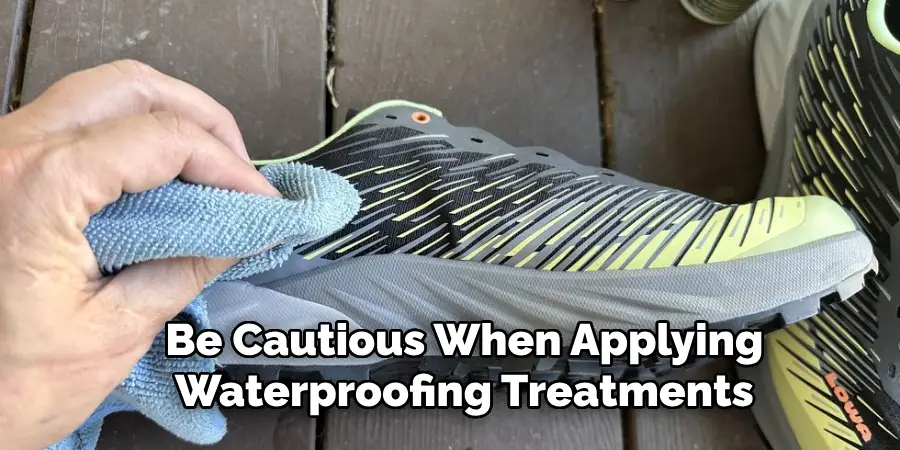
Conclusion
In conclusion, mastering the art of shoe impregnation is essential for protecting your footwear investment and ensuring longevity. By understanding the benefits of impregnation and following the proper techniques for application, you can shield your shoes from water, stains, UV rays, and premature wear and tear. Consistent maintenance and care, including regular re-application and proper storage, are key to maintaining optimal protection over time. It’s crucial to avoid common mistakes like over-application and using the wrong product for your shoe material. Thanks for reading our blog post on how to style running shoes! We hope you found it helpful and informative.

